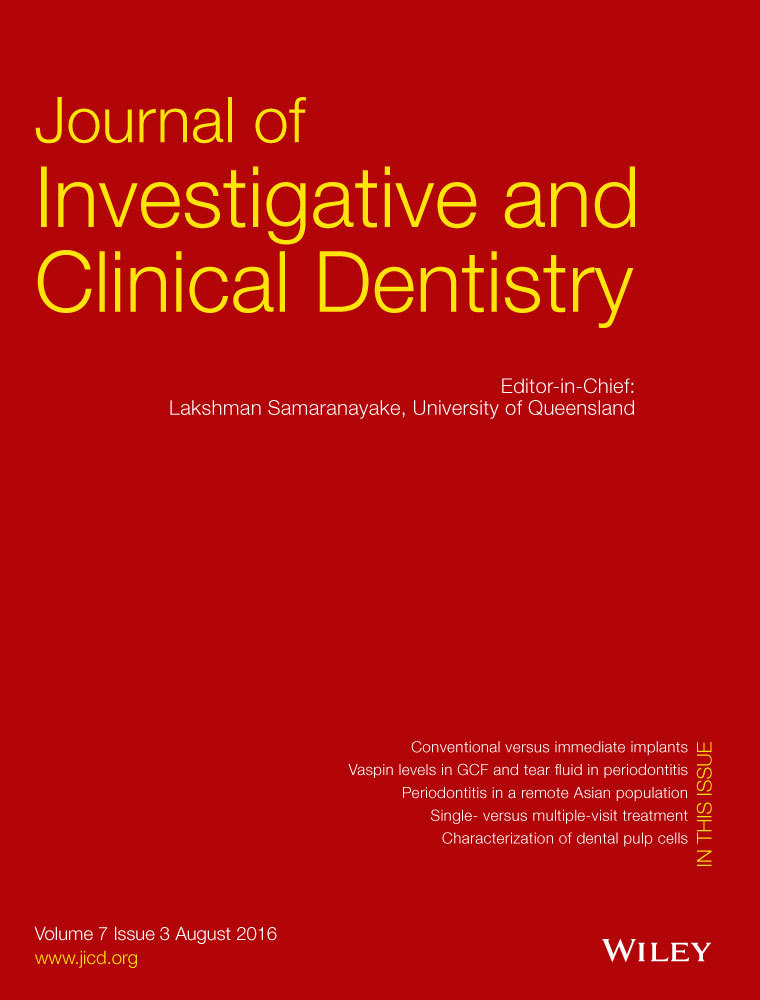Estimating the frequency of Candida in oral squamous cell carcinoma using Calcofluor White fluorescent stain
Abstract
Objective
To determine the frequency of Candida in oral squamous cell carcinoma (OSCC) using Calcofluor White (CFW) fluorescent stain and to evaluate the association of the same in different grades of OSCC.
Methods
One hundred archival formalin fixed paraffin embedded tissues of diagnosed cases of OSCC were retrieved. The samples comprised of 81, 18 and 1 case of well, moderately, and poorly differentiated squamous cell carcinomas (WSCC, MSCC, PSCC) respectively. Each section was subjected to staining with CFW fluorescent stain for the detection of frequency of candidal hyphae. A chi square test was used to compare the proportion of occurrence of candidal hyphae between different grades of OSCC.
Results
Ten of the 100 cases of OSCCs stained positive for Candida with CFW. Positive staining for Candida was seen in six out of 81 and four out of 18 cases of WSCCs and MSCCs respectively. The chi square test used for comparison of the proportion of occurrence of candidal hyphae between WSCC and MSCC (P = 0.059) and all grades of OSCC (P = 0.157) did not yield any statistically significant value.
Conclusion
The presence of Candida in OSCC solely does not justify its role in carcinogenesis. Further appraisal to evaluate a direct causal role of the micro-organism in potentially malignant disorders and OSCC is required.




